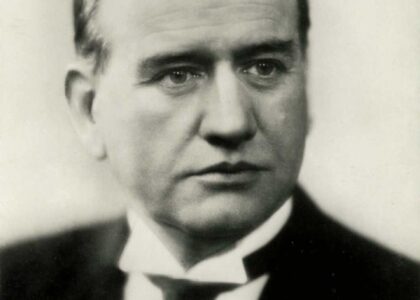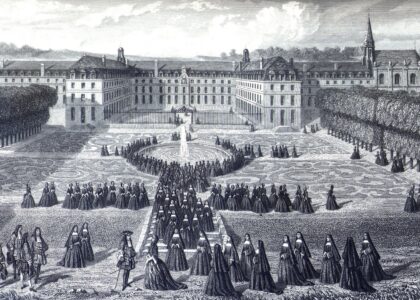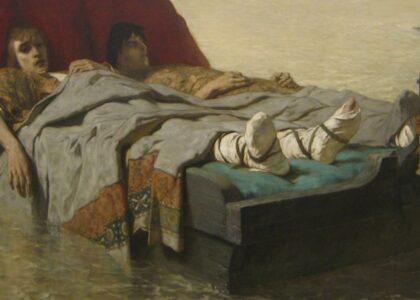Welcome to the Metamora Historical Society Old Town Hall, a building steeped in local history and community spirit. Established in 1888, this historic town hall has served as a central hub for Metamora, Michigan, and its surrounding areas. Originally built as a multipurpose venue, the Old Town Hall has played host to a variety of events, from community gatherings to theatrical performances.
Metamora, a village with roots tracing back to the early 19th century, was originally known as Barrow’s Corners. The village saw its first settlers in 1839, led by Eber Barrows, who established a way station to serve travelers on the Territorial Road. Over time, the village grew, and by the 1860s, it was a bustling center of agriculture and trade, particularly noted for its sheep and apple farming.
The Old Town Hall itself is a testament to Metamora’s rich historical tapestry. It was built during a period when the village was experiencing significant growth due to its location on the Detroit and Bay City Railway line, which brought increased commerce and visitors. The hall quickly became a focal point for the community, hosting town meetings, social gatherings, and cultural events. It even served as an opera house, entertaining residents with performances that brought the arts to this small but vibrant community.
Notable figures such as Abraham Lincoln and Adlai E. Stevenson I have ties to the broader region, with Stevenson having practiced law in nearby areas. Their influence and presence in the region highlight the area’s historical significance.
Today, the Metamora Historical Society Old Town Hall continues to be a cherished landmark. It serves as a museum and event venue, preserving the stories and artifacts of Metamora’s past. Visitors can explore exhibits that detail the village’s history and its evolution over time, providing a window into the life and times of those who shaped this community.
As you explore the Old Town Hall, imagine the many voices that have filled its halls over the years. From spirited town debates to joyous wedding celebrations, this building has been a silent witness to the unfolding story of Metamora, a story that is still being written today.




